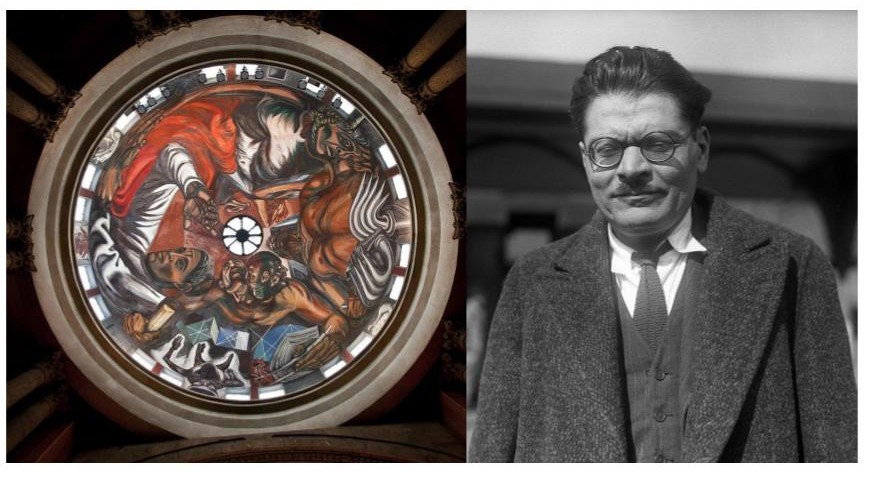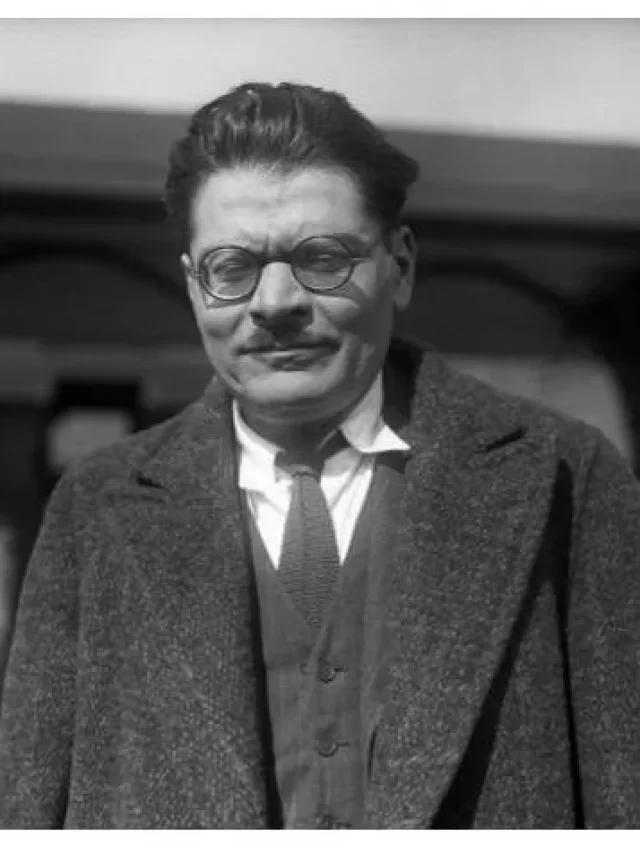Renowned Mexican painter and muralist José Clemente Orozco (1883–1949) is well-known for his important contributions to the Mexican muralism movement. Orozco, who was born in Zapotlán, Jalisco, Mexico, on November 23, 1883 (today Ciudad Guzmán), was a key figure in the creative and cultural revival that followed the Mexican Revolution (1910-1920).
Orozco, Diego Rivera, and David Alfaro Siqueiros comprised the trio of Mexican muralists. Collectively, they were instrumental in utilising public art to portray Mexico’s political struggles, social difficulties, and historical events. Muralism sought to communicate a sense of national identity while bringing art to the general public.
Orozco frequently expressed his social and political views in his artwork. He was against the injustices that were being carried out by both domestic and international governments, as well as the harsh circumstances that the working class had to endure. His murals emphasized the need for action and a sense of urgency. Among Orozco’s most well-known paintings are those found at the Hospicio Cabañas in Guadalajara, the National Preparatory School in Mexico City, and the Dartmouth College Library in New Hampshire. His compositions are dramatic and forceful, and he often uses symbolism to explain difficult concepts.
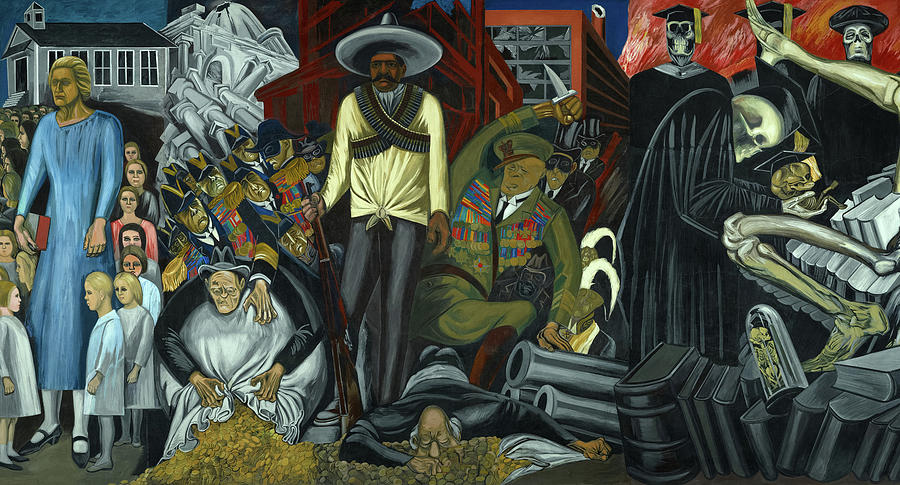
Beyond Mexico, Orozco’s contributions had an international influence on the growth of social realism and muralism. In addition to being stunning works of art, his murals serve as historical records that capture the essence of the eras in which they were made. Orozco endured several hardships during his life, one of which was a near-fatal accident in his early years that left him permanently crippled. He was resolute in his pursuit of his artistic profession despite this.
Among the most significant Mexican artists of the 20th century is José Clemente Orozco. In addition to his works of art, his influence on the growth of socially conscious art groups has left a lasting legacy. The artistic excellence of Orozco’s murals and their influence on the historical and social narrative of Mexico is still widely acknowledged.
Political Mexico in Orozco’s Murals
The artwork of José Clemente Orozco offers an insightful and compelling perspective for studying and comprehending Mexican history. Especially his murals, which are rife with symbolism and narrative and provide context for the social, political, and cultural milieu of the day.
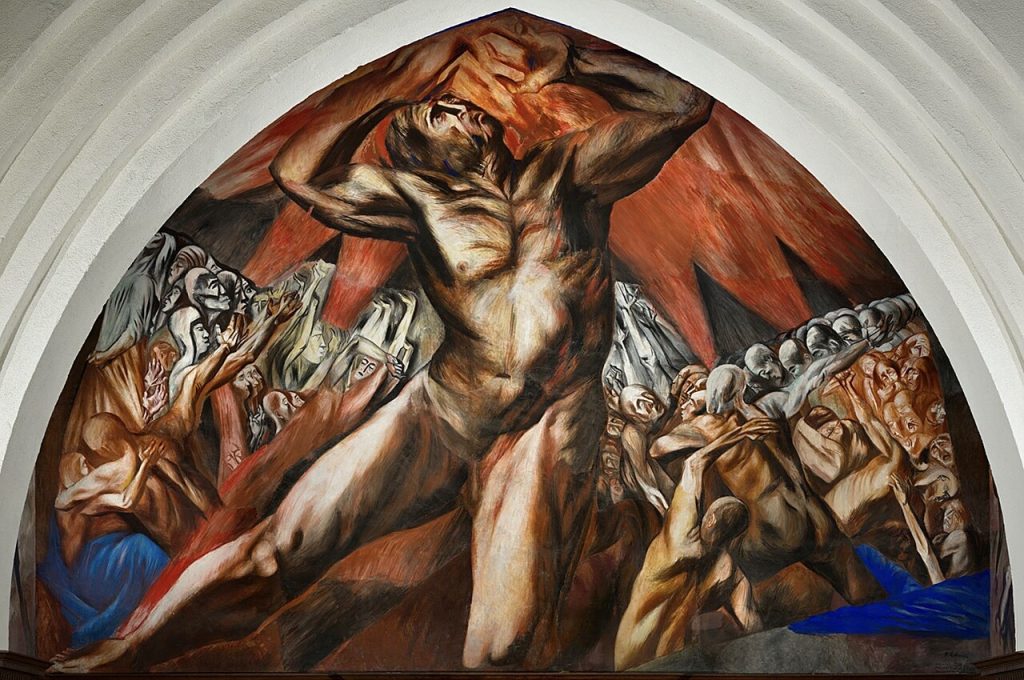
Determine the main topics and themes of Orozco’s murals. His works frequently touch on significant moments and problems in Mexican history, including the Mexican Revolution, the struggle for social justice, and the home of indigenous peoples. Seek for reoccurring themes and historically significant symbols. Orozco frequently created a visual timeline of historical events by placing his murals in chronological sequence. To comprehend Mexico’s historical development and growth, follow the order in which he painted his murals.
Examine the allegorical and symbolic elements of Orozco’s artwork. He often explained difficult concepts with symbolic images.
Understanding these signs can help one have a deeper understanding of the cultural and historical scenes he was trying to address. Think about the era in which Orozco painted his paintings. Recognize the social tensions, political atmosphere, and cultural trends of the period. Orozco frequently responded in his art to the longings and problems facing Mexican society at times of profound upheaval.
Examine and contrast Orozco’s murals with those of other Mexican artists, like David Alfaro Siqueiros and Diego Rivera. Despite their shared devotion to muralism, each artist’s viewpoint on Mexican society and history was distinct. Exploring their combined works can yield a more complete comprehension. Through the lens of this renowned artist, José Clemente Orozco, you can get a profound grasp of Mexican history by analysing his artwork with a keen eye for historical context, symbolism, and thematic components.
Major Work of José Clemente Orozco
Throughout his career, José Clemente Orozco painted a great deal of murals, each with a unique artistic expression and subject focus. One of Orozco’s greatest works is a sequence of murals known as The Epic of American Civilization, which was finished between 1932 and 1934. It covers the history and culture of the Americas from pre-Columbian times to the present, with 24 panels in total. The Dartmouth College Baker-Berry Library’s basement is where the murals are kept.
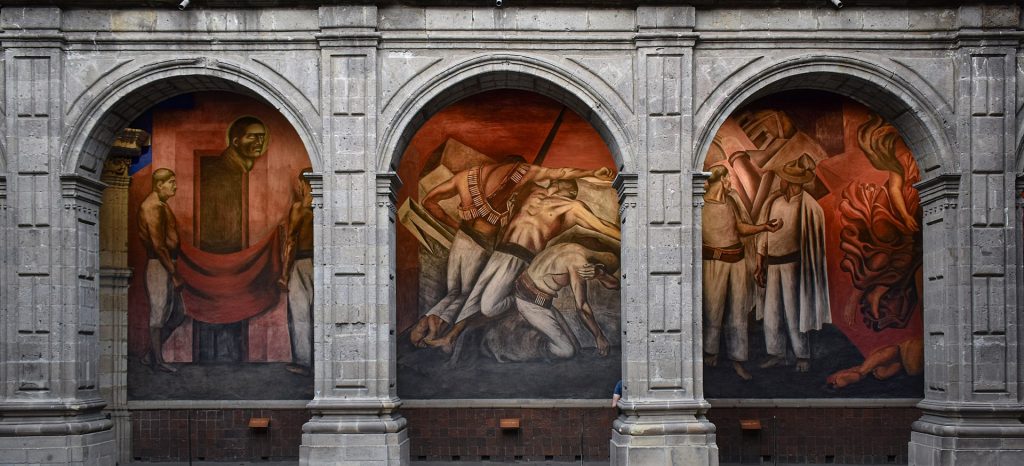
The 1930 mural “Prometheus” at Pomona College in California tells the story of the Greek hero Prometheus, who challenged the gods to bring fire and knowledge to humanity. Orozco explored the conflict between individualism and social conventions using this theme. In response to the Mexican Revolution, Orozco painted this mural in 1926 at The Trench (National Preparatory School, Mexico City). It shows troops in a trench and symbolises the sacrifice and savagery of battle. The National Preparatory School’s mural is a part of a series.
Orozco produced a second series with a similar title for the Mexican Supreme Court Building in the early 1930s. The Epic of American Civilization (Mexican Supreme Court Building, Mexico City) should not be confused with the murals of the same name at Dartmouth. The impact of justice and the law on society is the main theme of this series of murals. Orozco created a striking painting at the Hospicio Cabañas, a UNESCO World Heritage site in Guadalajara, titled The Trench and the Trinity. “The Trench and the Trinity” uses the Holy Trinity as a symbol to illustrate both the agony brought on by war and the hope for a brighter future.
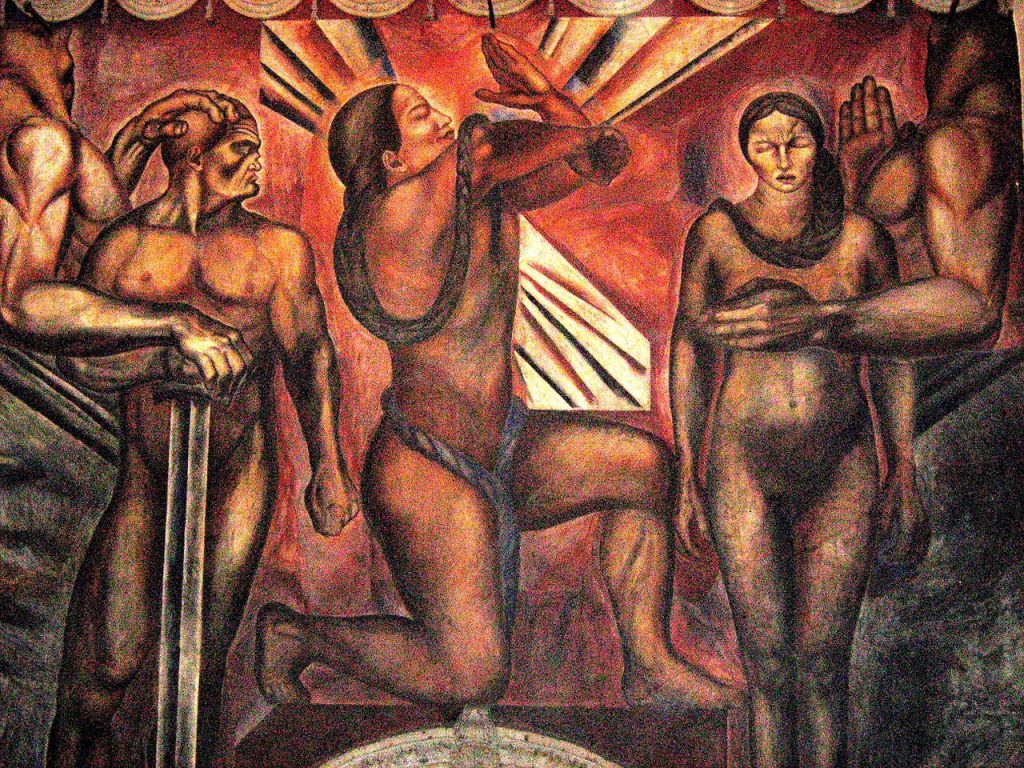
The 1926 mural Cortés and the Cross (National Preparatory School, Mexico City) depicts Hernán Cortés’s Spanish invasion of Mexico. Orozco illustrates how different civilizations collide and how religion plays a part in conquest. Another painting at the National Preparatory School depicts the horrors of war, including fallen troops and the terrible aftermath of warfare, and is located at Colegio San Ildefonso in Mexico City. Juárez and the Reform Laws (Palacio de Bellas Artes, Mexico City) is a 1937 mural that analyses the political and social reforms linked with Benito Juárez, a significant figure in Mexican history.
Together, these murals demonstrate Orozco’s talent for using vivid and moving visual narratives to convey the complexity of historical and social themes. Orozco’s influence is global since, although some of these murals are in Mexico, others are in the United States.
José Clemente Orozco: Art of Political Murals and Social Revolution in Mexico

Krispin Joseph PX, a poet and journalist, completed an MFA in art history and visual studies at the University of Hyderabad.

